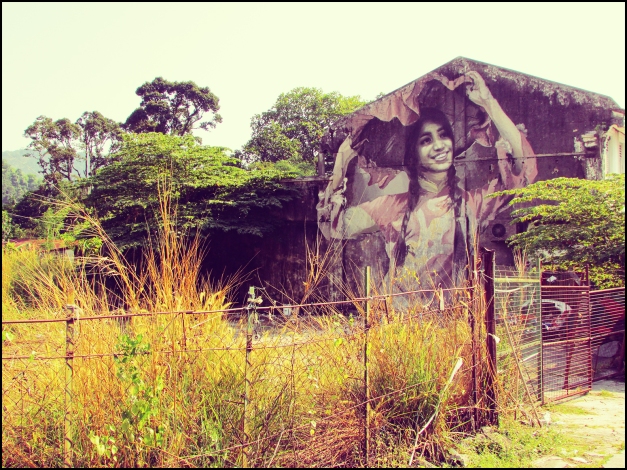Tag: chinese
View from a Clan Temple
Facade of a Chew Clan Jetty House
Khoo Kongsi Temple Facade
Intricately decorated front entrance of the Khoo Kongsi clan temple in George Town.
Penang Isle: Tan Kongsi

The Tan clan members’ townhouses.

The Tan Kongsi (or also known as Eng Chuan Tong) is the clan temple of the local Chinese people with the surname Tan in Penang. The old temple is located within a small compound that can be accessed via Beach Street, George Town. The compound itself is called Seh Tan Court and is surrounded by a number of old heritage style townhouses belonging to the Tan clan members. It was revealed that the Tan clan association had its origin back in the early 1800s, making it one of the earliest Chinese clan that settled in Penang. Tan is also one of the most common Chinese surnames in Penang.
King Street: The Clan Houses
The various minor Chinese clan houses and associations in King Street, George Town.
Chin Si Thoong Soo which was built in 1914 and incorporating Cantonese Straits Eclectic style, is a Chin clan association building.
Chong San Wooi Koon is a Cantonese district association that represents the Cantonese clansmen from Guangdong Province in southern China.
Kar Yin Fee Kuan (Kar Yin Association) is a Hakka district association founded in early 1800s that represents the clansmen from the Kar Yin District of Guangdong Province in southern China.
Tseng Lung Fui Kon is another Hakka district association for Hakka people from the Tseng Lung district of Guangdong Province in southern China and is located next to Kar Yin Association.
Koo Saing Wooi Koon is a combined clan temple for people of the surname Lau, Kuan, Teoh and Teo.
Lee Sih Chong Soo (or also known as Lee Kongsi), is the clan association for the Chinese surnamed Lee.
The Ng Kongsi is a clan association for the Cantonese people surnamed Ng.
Poe Choo Seah is an association for Straits-born Chinese, the Baba Nyonyas which was built in early 1900s incorporating the Straits Eclectic style.
Penang Street View: Moey She Temple
The Moey She Temple in Penang Street (or Lebuh Penang), George Town, is a temple for the Moey clan of the Chinese community in Penang. This old and heritage temple was built in early 1900s with Chinese Cantonese-style architectural design.
Mount Erskine’s Chinese Hokkien Cemetery
The old entrance to the huge Hokkien Cemetery in Mount Erskine, Penang. This cemetery, managed by the United Hokkien Cemeteries (UHC), is one of the several main and old Chinese cemeteries in Penang, covering almost the entire hilly area in Mount Erskine. The area where the cemetery is located was once considered to be auspicious for the Chinese due to its strategic location that faces the city of George Town and the sea.
During the Qing Ming festival (usually around this time), this cemetery will be crowded with Chinese folks visiting, cleaning and praying at the graves of their ancestors and departed family members.
Penang Street Art (The Hakka Dancing Girl)
Yet another beautiful mural painted by Russian street artist Julia Volchkova in Balik Pulau town, Penang. This time the art work depicts a dancing Hakka girl, as a showcase of the flourishing local Hakka culture in the town.


























